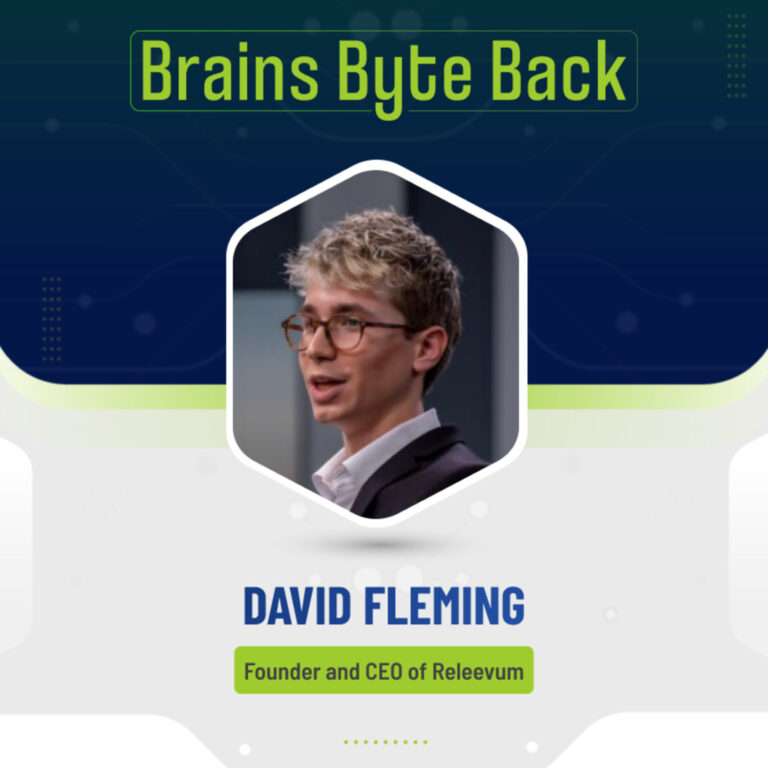Recently, I published an article about Purdue’s public-private partnership (PPP) with Infosys, designed to bring innovation and 2,000 new jobs to the state of Indiana.
In the article, I discuss the benefits of such PPPs for both the public research universities and the businesses sponsoring them. While I tout the benefits of that specific partnership, the overarching discussion of PPPs is much more contentious.
The news of Purdue and Infosys is one of many examples of PPPs designed to further innovation. Other tech giants have established similar links with universities in attempt to drive learning and growth. In 2008, for example, Microsoft, Cisco, and Intel entered into an agreement with University of Melbourne to work together with the goal of better preparing the emerging workforce by forging the necessary 21st century skills. Audi, as well, proposed strategic collaboration with Technical University of Munich to research issues that were critical to its competitiveness.
For universities, such partnerships allow them to enhance their research opportunities and promote technological advancement, which businesses can then use to facilitate their own growth. The ultimate goal of such collaboration is to create mutual benefit for the universities, businesses, and consequently, society.
While various examples of PPPs exist, partnerships such as these are not as widespread as some would like. According to the Brookings Institution, a nonprofit public policy organization, many problems exist regarding current research and development in the US and similar public-private partnerships.
The organization writes, “Too often federally financed basic research remains completely divorced from industry-led developmental work, to the detriment of the nation’s innovation outcomes.” Moreover, private entities are often not there to fill the gap. Data from 2013 suggest that businesses account for only five percent of the total funds that are routed through universities for R&D purposes, falling behind federal and local governments, nonprofits, and the universities themselves in regard to funds provided.
As this information suggests, there are extensive benefits to establishing links between public and private entities, yet a gap remains between the public universities and private sector. Given the extensive mutual benefits of such partnerships, the implications of the data are quite confounding, as one would expect a much higher level of collaboration between the two types of entities.
However, plenty of debate remains over the integrity of public institutions accepting private funds — especially in regard to the NDAs researchers are often forced to sign upon accepting private funding. The concern exists that under such conditions, it becomes difficult to discern the level to which private investors have directed public research.
In a recent article from The Atlantic, the author addresses this issue, writing, “the acute need for corporate funding at public universities is only growing—as is the opacity around whether funders are influencing research results. In an age of instant information, such deficiencies can undermine even the most valid studies and the most reputable scientists.”
The same article poses the example of Purdue, who is said to have had one or more “industry partners” on campus for nearly every school day during September 2016. Therefore, a question must be raised as to where the line between public research universities and the private sector should be drawn.
To answer that question, we as individuals must ask ourselves: What is the end goal?
I would argue that the end goal — particularly for public institutions — is to better society. Therefore, if the research being funded is ultimately in the benefit of society, it would be best to plow ahead regardless of the source of the financing.
Granted, as mentioned in the same Atlantic article, “Many researchers think they are working in the best interests of society, but without full disclosure, it is impossible to know.”
That is quite a valid statement, and perhaps we will never know, but I would argue that we should use our best judgment, as forgoing these partnerships altogether could seriously hamper technological innovation and growth.







